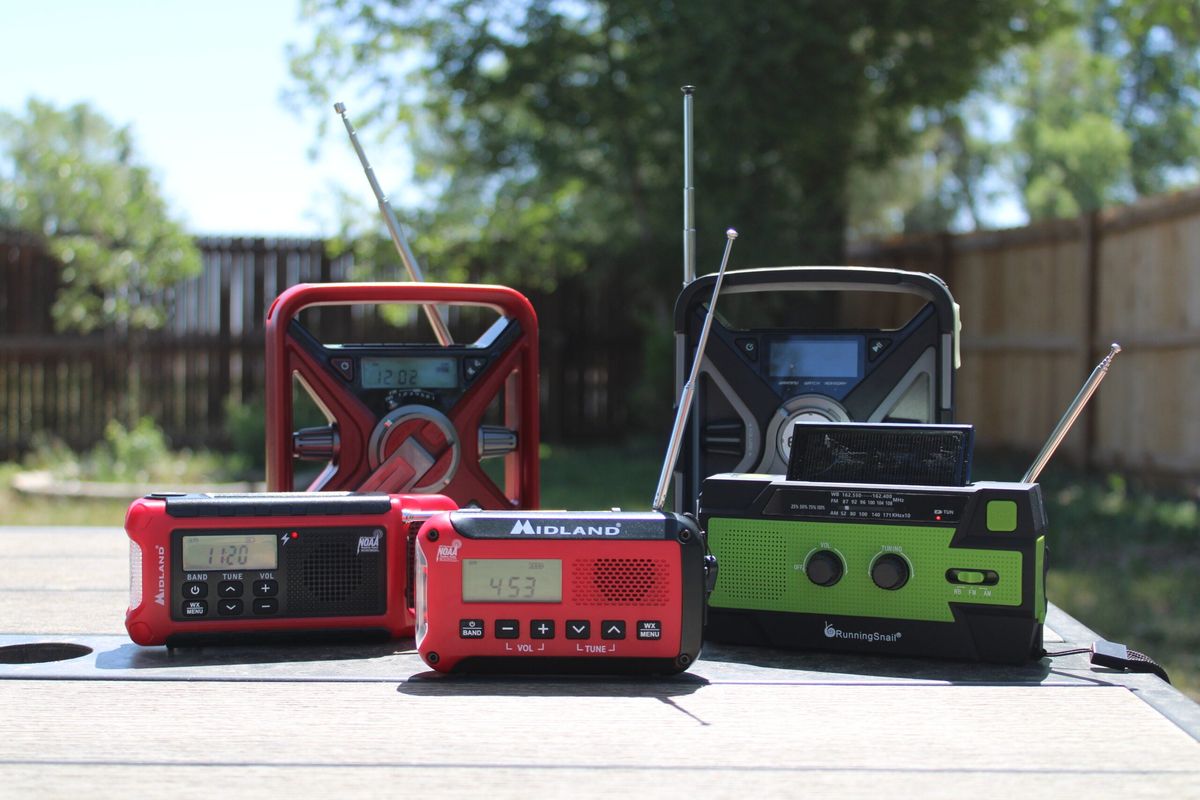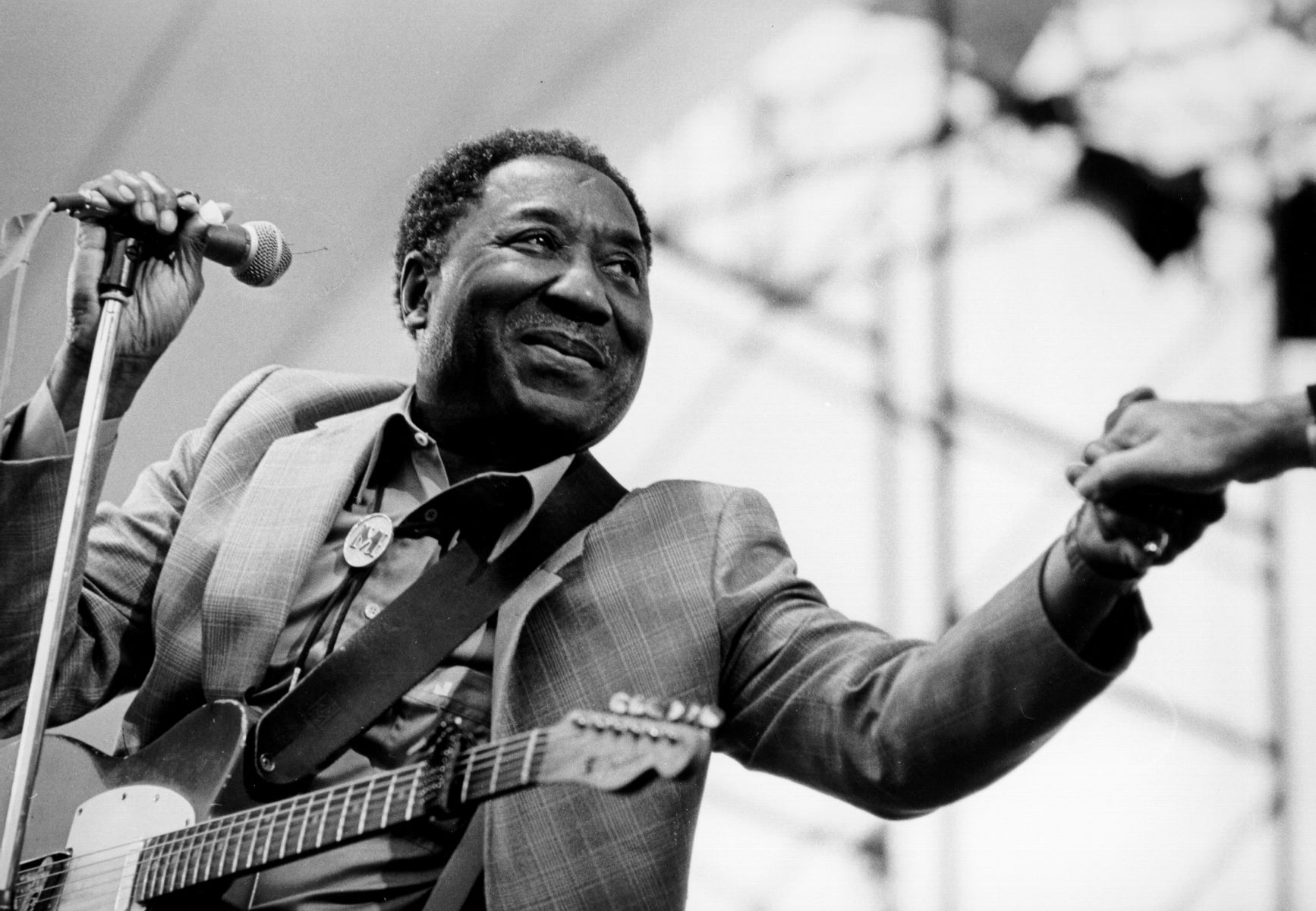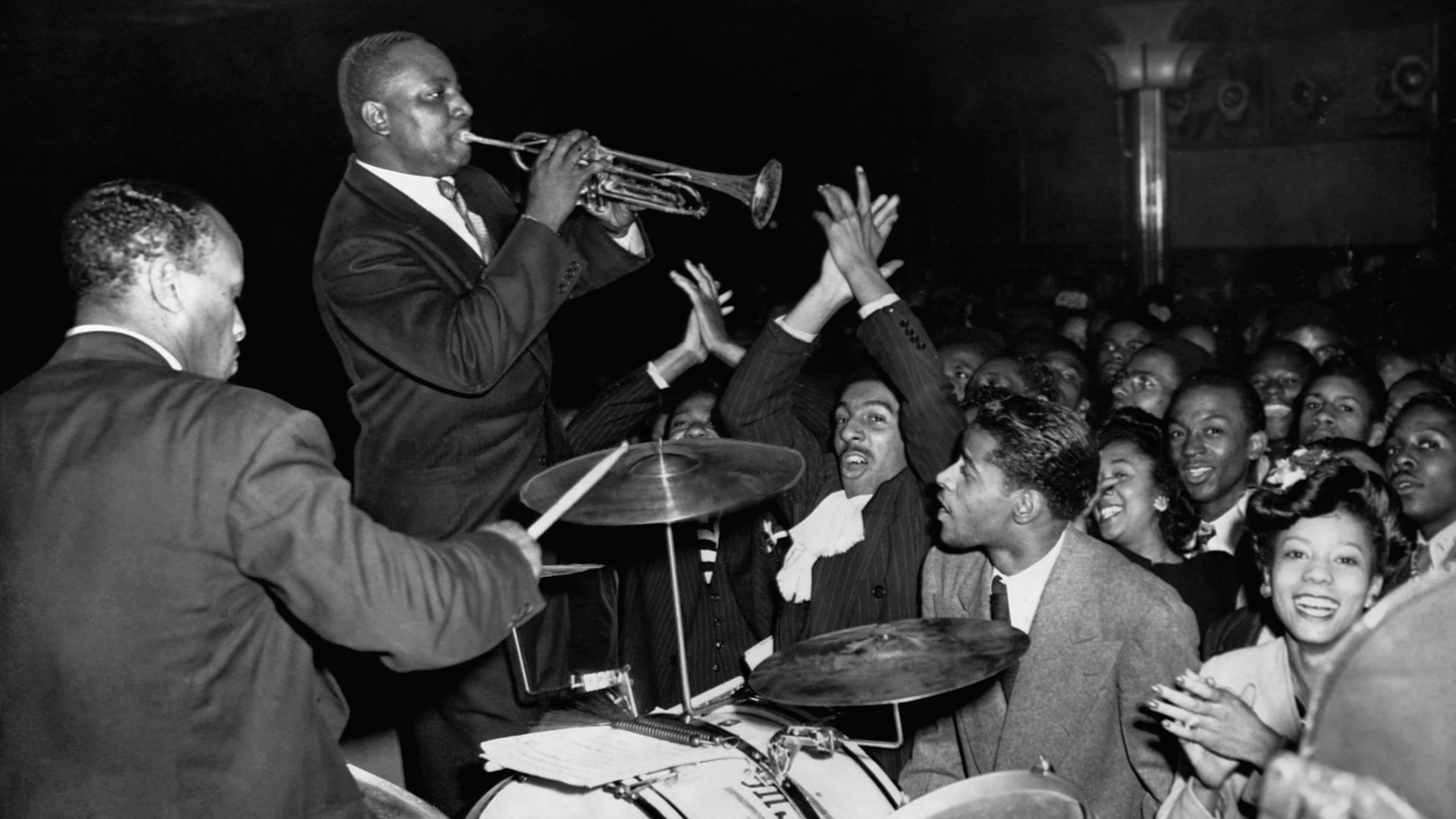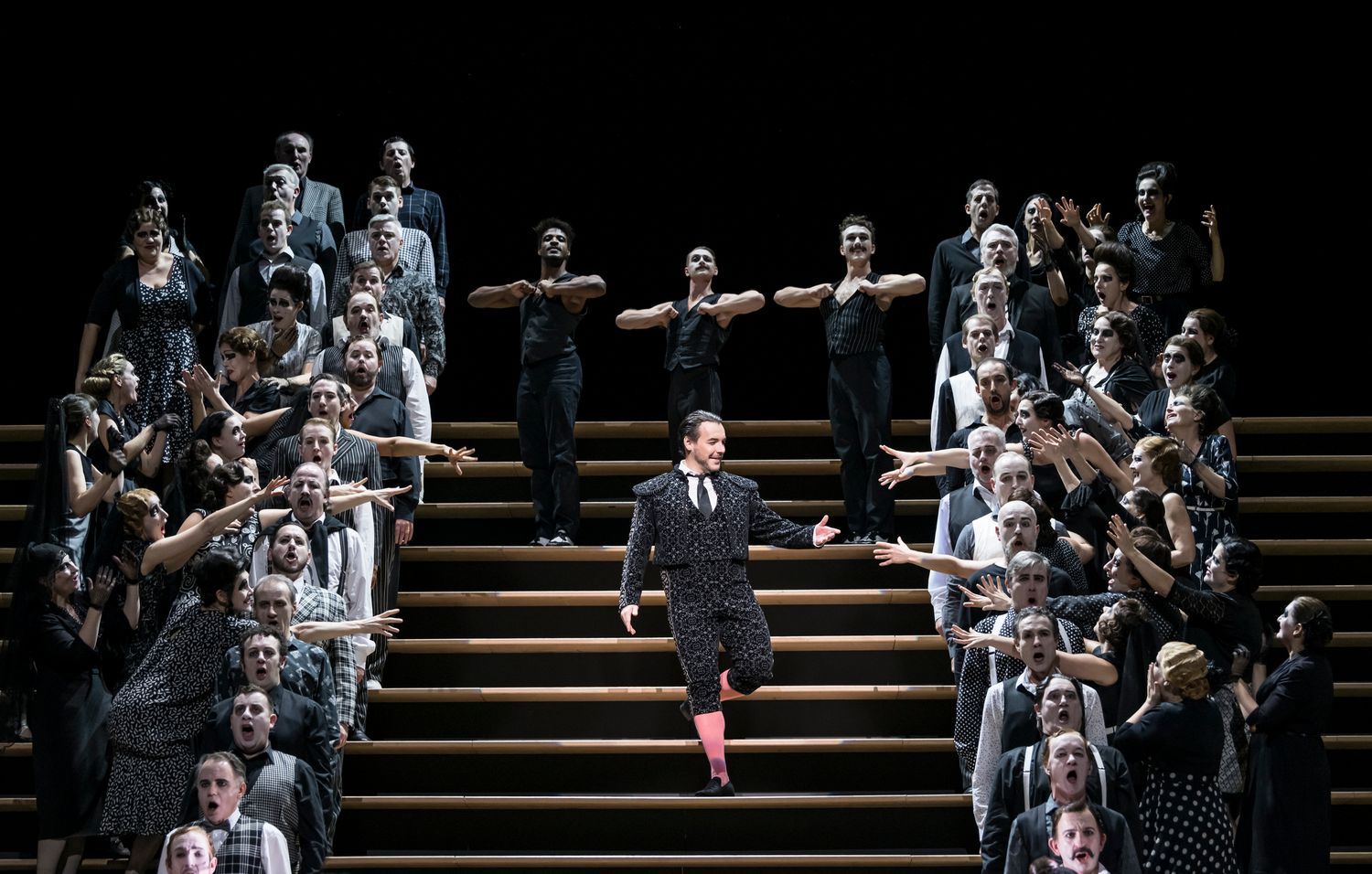

Jazz
When Did Cool Jazz Emerge?
Modified: February 18, 2024
Discover the emergence of cool jazz and its impact on the jazz genre. Explore the origins and influential artists that shaped this distinctive style.
(Many of the links in this article redirect to a specific reviewed product. Your purchase of these products through affiliate links helps to generate commission for AudioLover.com, at no extra cost. Learn more)
Table of Contents
Introduction
Cool Jazz is a subgenre of jazz that emerged in the 1940s and 1950s. It is known for its relaxed and understated style, characterized by intricate melodies, smooth harmonies, and a subdued tempo. Cool Jazz emerged as a response to the fast-paced and energetic bebop movement that dominated the jazz scene at the time.
This article will delve into the historical context that gave rise to Cool Jazz, explore the origins and development of this unique style, examine its distinct characteristics, highlight key figures who contributed to its evolution, and discuss the lasting legacy and influence of Cool Jazz on the jazz genre as a whole.
Cool Jazz was a significant departure from the bebop movement, which was characterized by its frenetic improvisation and complex melodies. While bebop was rooted in African-American communities, Cool Jazz emerged as a more intellectual and sophisticated style that appealed to a wider audience.
The birth of Cool Jazz can be attributed to several factors. The end of World War II saw a shift in societal attitudes, with a renewed focus on elegance, refinement, and cultural sophistication. Additionally, advancements in technology, such as the invention of the LP record and the spread of radio and television, allowed for greater exposure and accessibility to different styles of music.
Subsequently, musicians began experimenting with a more relaxed and subdued approach to jazz. They drew inspiration from classical music, incorporating elements like intricate textures, complex arrangements, and a greater emphasis on composition and arrangement. This departure from the improvisational and virtuosic style of bebop marked the birth of Cool Jazz.
Cool Jazz also served as a reaction against the aggressive and abrasive tone of bebop. Musicians sought to create a more laid-back and accessible style that would appeal to a broader audience. The tempo of Cool Jazz was noticeably slower, allowing for a more relaxed and introspective listening experience.
Moreover, Cool Jazz embraced a more melodic approach, with an emphasis on smooth and lyrical melodies. The use of softer tones and muted instruments also contributed to the overall ambiance and mood of Cool Jazz.
In the following sections, we will delve deeper into the origins, style, key figures, influence, and legacy of Cool Jazz, providing a comprehensive understanding of this influential subgenre.
Historical Context
To truly understand the emergence of Cool Jazz, it is essential to delve into the historical context in which it developed. The 1940s and 1950s were marked by significant social and cultural changes that had a profound impact on the music scene.
At the end of World War II, there was a palpable sense of optimism and a desire for stability and progress. This period, often referred to as the post-war era, witnessed a shift in societal values, with an emphasis on refinement, elegance, and cultural sophistication. The urban middle class sought entertainment that reflected their aspirations and desire for a more affluent lifestyle.
Advancements in technology played a crucial role in shaping musical tastes and preferences. The invention of the LP record allowed for longer playing time, enabling artists to explore complex compositions and arrangements. This format also facilitated the rise of album-oriented listening, providing a platform for musicians to showcase their artistic vision in a more cohesive and immersive manner.
Radio and television also became mainstream forms of entertainment during this time. These mass media platforms exposed a wider audience to different styles of music, promoting cross-genre influences and expanding the musical landscape. The availability of recordings and broadcasts allowed for greater exposure to jazz, fostering an environment where creative experimentation and innovation could thrive.
Another significant factor in the historical context of Cool Jazz was the influence of classical music. As the middle class sought cultural sophistication, classical music gained popularity and admiration. Jazz musicians, particularly those exploring the Cool Jazz style, drew inspiration from classical composers in terms of structure, arrangement, and composition. This integration of classical influences resulted in a more refined and cerebral approach to jazz, distinct from the exuberant and spontaneous nature of bebop.
The social and cultural climate of the post-war era, coupled with technological advancements and the influence of classical music, laid the groundwork for the emergence of Cool Jazz. It provided the impetus for musicians to explore a more subdued and introspective style, appealing to a broader audience seeking a sophisticated and relaxed musical experience. Cool Jazz became a musical response to the demands of the time, reflecting the changing societal and cultural landscape.
Origins of Cool Jazz
The origins of Cool Jazz can be traced back to the 1940s, when a group of musicians began to deviate from the fast-paced and energetic style of bebop. The development of Cool Jazz can be attributed to the innovative ideas and musical explorations of several key figures within the jazz community.
Miles Davis, a renowned trumpeter and composer, played a pivotal role in the development of Cool Jazz. His recordings in the late 1940s and early 1950s, such as “Birth of the Cool,” showcased a new approach to jazz. Davis sought to create a more relaxed and understated style, drawing on influences from classical music and modal jazz. His use of innovative arrangements and a larger ensemble allowed for a more textured and intricate sound.
Gerry Mulligan, a baritone saxophonist and composer, also contributed significantly to the emergence of Cool Jazz. His work with the renowned pianist and composer Gil Evans resulted in iconic recordings such as “Miles Ahead” and “The Birth of the Cool.” Mulligan’s introspective and melodic playing style, coupled with Evans’ innovative arrangements, helped shape the sound and aesthetic of Cool Jazz.
Another influential figure in the origins of Cool Jazz was pianist and composer Dave Brubeck. Brubeck’s groundbreaking album “Time Out,” released in 1959, blended elements of Cool Jazz with unconventional time signatures and rhythms. The album’s success not only solidified Brubeck’s status as a pioneer in the genre but also brought Cool Jazz to a wider audience.
Moreover, the West Coast jazz scene played a significant role in the development of Cool Jazz. Musicians on the West Coast, particularly in California, embraced a more relaxed and laid-back style that differed from the frenetic energy of the East Coast bebop movement. Artists such as Chet Baker, Stan Getz, and Paul Desmond crafted a mellow and melodic approach to jazz that epitomized the Cool Jazz aesthetic.
The emergence of Cool Jazz can also be credited to the Jazz at the Philharmonic concerts, organized by Norman Granz. These influential concerts, which featured a mix of bebop and Cool Jazz musicians, provided a platform for experimentation and collaboration, encouraging musicians to explore new musical territories.
In summary, the origins of Cool Jazz can be attributed to the innovative ideas and musical explorations of key figures such as Miles Davis, Gerry Mulligan, Dave Brubeck, and the musicians of the West Coast jazz scene. Their desire to create a more relaxed and understated style, influenced by classical music and modal jazz, allowed for the birth of Cool Jazz as a distinctive subgenre within the broader jazz tradition.
Style and Characteristics of Cool Jazz
Cool Jazz is characterized by its distinct style, which sets it apart from other jazz subgenres. Its laid-back and relaxed approach, combined with its sophisticated harmonies and intricate melodies, create a unique musical experience that resonates with listeners.
One of the defining characteristics of Cool Jazz is its subdued tempo. Unlike the fast and energetic bebop style that preceded it, Cool Jazz adopted a more leisurely pace. This slower tempo allows for a more introspective listening experience and emphasizes the melodic and harmonic intricacies of the music.
Harmonically, Cool Jazz uses advanced chord voicings and complex harmonies. Musicians often incorporate extended chords, such as 9th, 11th, and 13th chords, adding richness and depth to the music. These sophisticated harmonies contribute to the refined and cerebral nature of Cool Jazz.
The use of counterpoint, or the interplay of multiple melodic lines, is another hallmark of Cool Jazz. Musicians engage in intricate conversations through their instruments, weaving together melodies and harmonies in a cohesive and engaging manner. This interplay creates a sense of musical dialogue and showcases the technical prowess and improvisational skills of the musicians.
Cool Jazz also places a strong emphasis on composition and arrangement. Musicians carefully craft their compositions, often drawing inspiration from classical music. This focus on composition allows for structured and cohesive musical narratives, highlighting the musicians’ ability to create engaging melodies, harmonies, and arrangements.
The instrument selection in Cool Jazz also contributes to its unique sound. While traditional jazz ensembles feature brass instruments prominently, Cool Jazz often incorporates a wider variety of instruments. Alongside the trumpet and saxophone, you may find the flute, piano, guitar, and even strings. This variety of instruments adds depth and texture to the music and further enhances the sophisticated nature of Cool Jazz.
Another characteristic of Cool Jazz is its understated and subtle approach. Musicians prioritize control and restraint in their performances, favoring smooth and lyrical phrasing over flashy and virtuosic displays. This understated style contributes to the overall mood and atmosphere of Cool Jazz, creating a relaxed and soothing listening experience.
In summary, Cool Jazz is characterized by a relaxed tempo, sophisticated harmonies, intricate melodies, the use of counterpoint, a focus on composition and arrangement, a diverse instrument selection, and an understated and subtle approach. These characteristics combine to create a distinct musical aesthetic that sets Cool Jazz apart from other subgenres within the jazz tradition.
Key Figures in Cool Jazz
Cool Jazz was shaped and defined by the contributions of several key figures within the jazz community. These musicians played a significant role in developing the style and pushing its boundaries, leaving a lasting impact on the genre as a whole.
Miles Davis is undoubtedly one of the most influential figures in Cool Jazz. His album “Birth of the Cool,” recorded in 1949 and 1950 with a nonet, is considered a seminal work in the genre. Davis’s introspective and muted trumpet playing style, coupled with innovative arrangements, helped lay the foundation for Cool Jazz. His subsequent collaborations with pianist Gil Evans showcased a continuation of his exploration of the Cool Jazz aesthetic.
Gerry Mulligan, a baritone saxophonist and composer, was another key figure in Cool Jazz. His work with the Miles Davis Nonet on the “Birth of the Cool” recordings helped popularize the subgenre. Mulligan’s melodic and relaxed playing style, along with his arrangements, showcased a unique approach to Cool Jazz. His collaborations with other prominent musicians, such as Chet Baker, further solidified his influence on the genre.
Pianist Dave Brubeck also played a crucial role in the development of Cool Jazz. His album “Time Out,” released in 1959, blended Cool Jazz with unconventional time signatures and rhythms, creating a groundbreaking work that pushed the boundaries of the genre. Brubeck’s innovative approach to composition and his ability to create captivating melodies and harmonies further solidified his position as a key figure in Cool Jazz.
The West Coast jazz scene, centered in California, also produced notable figures in Cool Jazz. Trumpeter Chet Baker, known for his lyrical and introspective playing style, became a prominent figure on the West Coast and made significant contributions to the subgenre. Saxophonist Paul Desmond, a member of the Dave Brubeck Quartet, crafted a distinctive and smooth sound that exemplified the West Coast Cool Jazz aesthetic. Both Baker and Desmond played a vital role in popularizing Cool Jazz beyond the East Coast.
Other key figures in Cool Jazz include saxophonist Stan Getz, known for his warm and lyrical tone, and pianist Lennie Tristano, who incorporated elements of Cool Jazz into his groundbreaking improvisational style. These musicians, along with others such as Lee Konitz, Art Pepper, and Shelly Manne, contributed to the expansion and evolution of Cool Jazz, each leaving their unique mark on the genre.
In summary, the key figures in Cool Jazz, including Miles Davis, Gerry Mulligan, Dave Brubeck, Chet Baker, Paul Desmond, Stan Getz, Lennie Tristano, and others, played a crucial role in shaping the subgenre. Through their innovative playing styles, compositions, and arrangements, they defined and expanded the boundaries of Cool Jazz, leaving a lasting legacy that continues to influence jazz musicians to this day.
Influence and Legacy of Cool Jazz
Cool Jazz has had a profound influence on the jazz genre as a whole and has left a lasting legacy that continues to shape and inspire musicians to this day. Its innovative approach and distinctive style have had a ripple effect, influencing subsequent generations of jazz musicians and contributing to the evolution of the genre.
One of the significant impacts of Cool Jazz was its role in expanding the audience for jazz. Its relaxed and accessible sound appealed to a broader range of listeners, allowing jazz to reach new audiences beyond its traditional fan base. Cool Jazz brought jazz into the mainstream, helping to popularize the genre and increase its recognition as a sophisticated and intellectual art form.
The influence of Cool Jazz can be observed in the subsequent development of other jazz subgenres. The use of advanced harmonies and intricate melodies, a trademark of Cool Jazz, became integral to many later styles such as modal jazz, fusion, and contemporary jazz. Musicians embraced the experimentation and compositional focus of Cool Jazz, incorporating these elements into their own work and pushing the boundaries of the genre even further.
Cool Jazz also had a profound impact on the music industry as a whole. It played a crucial role in the rise of the album-oriented listening experience, emphasizing the importance of cohesive and immersive musical narratives. The popularity of Cool Jazz albums, such as Miles Davis’s “Kind of Blue,” helped shape the LP era and influenced the way music was recorded, produced, and consumed.
Moreover, Cool Jazz served as a bridge to other art forms, particularly visual arts and literature. Its introspective and refined nature resonated with the Beat Generation, a literary and cultural movement of the 1950s and 1960s. Cool Jazz became the soundtrack to the Beat Generation’s exploration of social rebellion, existentialism, and introspection. It also influenced the visual arts, with painters such as Miles Davis’s collaborator, Mark Rothko, drawing inspiration from the mood and emotional depth of Cool Jazz in their abstract expressionist works.
The legacy of Cool Jazz can still be heard in contemporary jazz today. Many modern jazz musicians draw inspiration from the Cool Jazz era, incorporating its stylistic elements and pushing the boundaries of the genre even further. Cool Jazz’s emphasis on composition, sophisticated harmonies, and melodic beauty continues to inspire musicians to create innovative and engaging music.
In summary, Cool Jazz’s influence and legacy are far-reaching and enduring. It expanded the audience for jazz, influenced the development of other jazz subgenres, shaped the way music was recorded and consumed, and became intertwined with other art forms. Its impact can still be heard in the music of contemporary jazz, making Cool Jazz an essential chapter in the history of the genre.
Conclusion
Cool Jazz emerged as a response to the fast-paced and energetic bebop movement, offering a more relaxed and understated style that captivated a new audience. The genre’s origins in the post-war era and its amalgamation of influences from classical music and advancements in technology allowed for the birth of a sophisticated and innovative sound.
The style and characteristics of Cool Jazz, such as its subdued tempo, sophisticated harmonies, intricate melodies, use of counterpoint, and emphasis on composition and arrangement, created a distinct musical aesthetic. Key figures like Miles Davis, Gerry Mulligan, Dave Brubeck, and those of the West Coast jazz scene played essential roles in shaping and popularizing Cool Jazz.
The influence and legacy of Cool Jazz cannot be overstated. It expanded the audience for jazz, bringing the genre into the mainstream and inspiring subsequent generations of musicians. Its impact can be heard in other jazz subgenres and in the way music is recorded and consumed. Additionally, Cool Jazz’s connection to the Beat Generation and its influence on visual arts further cemented its cultural significance.
In contemporary jazz, Cool Jazz continues to inspire musicians to explore new musical territories, pushing the boundaries of the genre and creating captivating and innovative compositions. Cool Jazz remains an essential chapter in jazz history, a testament to the genre’s ability to evolve and captivate audiences across generations.
Overall, Cool Jazz stands as a testament to the creativity and ingenuity of jazz musicians. Its legacy lives on, reminding us of the power of music to transcend boundaries and touch the human spirit. Whether through its serene melodies, sophisticated harmonies, or intricate arrangements, Cool Jazz continues to resonate and captivate, leaving an indelible mark on the jazz genre and the wider musical landscape.











